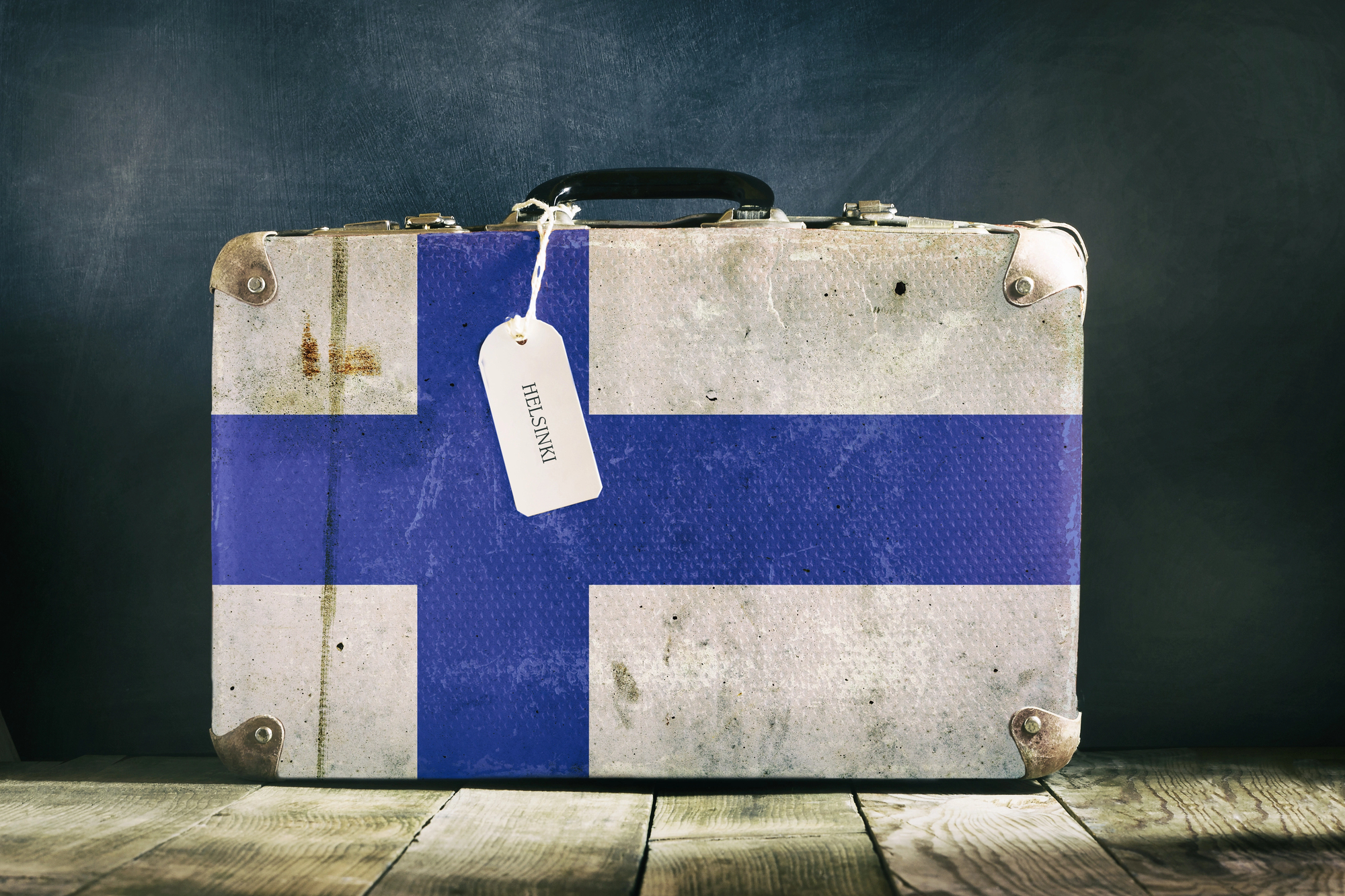E-commerce in the Nordic countries (Sweden, Denmark, Norway, Finland, Iceland) is experiencing a strong phase of transformation and recovery in 2025, following a slowdown in 2023. The spring report by PostNord, combined with data from Ecommerce News, provides an updated and detailed overview of this growing digital market, full of opportunities for Italian companies looking to expand their online presence in Northern Europe.
In this article, we analyze the main e-commerce trends in the Nordics 2025, leading sectors, Nordic consumer purchasing habits, logistics preferences, and the most used payment methods. Finally, we highlight opportunities and winning strategies for Italian companies aiming to successfully enter and grow in the Nordic e-commerce market.
1. E-commerce in the Nordics: numbers, trends, and digital penetration
According to Ecommerce News data, 83% of Nordic consumers shop online regularly, placing the Nordic countries among the regions with the highest e-commerce penetration worldwide. This confirms the digital maturity of Nordic consumers and the widespread culture of online shopping.
The PostNord report further highlights that after a slowdown in 2023, 2025 shows a significant rebound in orders and online sales in the Nordics. Consumers display growing confidence in e-commerce, with an increase in average order value.
The Nordics also stand out for the adoption of innovative technological and logistical solutions that improve the shopping experience, making it smoother and more satisfying.
2. Fastest growing sectors in Nordic e-commerce in 2025
The best-performing e-commerce sectors in the Nordics in 2025 include:
- Online pharmacy and cosmetics (+20%): driven by demand for health, beauty, and wellness products, with high trust in digital platforms.
- Clothing and footwear (+6%): recovery in non-essential product purchases, especially sustainable and made-in-Europe items.
- Books, media, and digital content (+5%): supported by innovative business models like subscriptions and circular services.
- Online groceries (+5%): favored by the convenience of home delivery, especially in large cities.
These sectors offer Italian companies concrete opportunities to develop or strengthen their online sales strategies targeting Nordic markets.
3. Nordic consumers’ e-commerce buying habits
Nordic consumers are among the most digitally savvy worldwide:
- 83% shop online regularly, with high purchase frequency and wide variety of product categories.
- Heavy use of smartphones and mobile-friendly apps for online shopping.
- Strong attention to transparency, quality, and sustainability, strongly influencing purchase decisions.
- Willingness to pay more for products and services that offer added value, such as environmental sustainability or technological innovation.
4. Logistics and delivery in Nordic e-commerce: key factors
Logistics is a critical factor for e-commerce success in the Nordics:
- 97% of consumers prefer home delivery, especially for bulky or heavy items.
- 15% use smart parcel lockers, gaining flexibility in pickup times and locations.
- 28% track orders via real-time tracking apps, more common among younger consumers.
Additionally, demand for sustainable logistics solutions is growing: Nordic consumers prefer low environmental impact delivery options such as consolidated shipments, electric vehicles, and eco-friendly pickup points.
5. Most popular digital payment methods in the Nordic market
Nordic e-commerce is characterized by strong adoption of innovative digital payment methods:
- Buy Now, Pay Later (BNPL) is the most popular method, especially among mature users, for its flexibility and ease of use.
- The mobile payment system Swish is rapidly growing among younger users due to simplicity and speed.
- Online security is paramount: consumers appreciate systems with strong authentication and effective anti-fraud protections.
Italian companies targeting the Nordic market should integrate these payment methods to increase trust and improve conversion rates.
6. Opportunities and success strategies for Italian companies in Nordic e-commerce
To grow and establish themselves in the Nordic e-commerce market, Italian companies must:
- Focus on high-growth sectors: cosmetics, sustainable clothing, quality groceries, digital media.
- Adopt sustainable and circular business models, highly valued by Nordic consumers.
- Partner with logistics providers offering fast, traceable, flexible, and eco-friendly solutions.
- Integrate popular local payment methods such as Swish and BNPL.
- Invest in localized, transparent digital marketing, emphasizing quality and sustainability.
Conclusion: The Nordic e-commerce market in 2025 is a great opportunity for Italian companies
The Nordic e-commerce market is one of the most advanced and digitalized worldwide, with solid growth and consumers attentive to innovation, sustainability, and quality. For Italian companies, it represents a concrete opportunity for international expansion, provided they adapt their strategies, logistics, and marketing to this market’s specificities.
Brandon Group is the ideal partner to support Italian companies in this journey, offering strategic consulting, logistics optimization, digital payment integration, and targeted marketing campaigns for the Nordic market.
Sources and further reading:
- PostNord – E-commerce in the Nordics 2025 – Spring
- Ecommerce News

